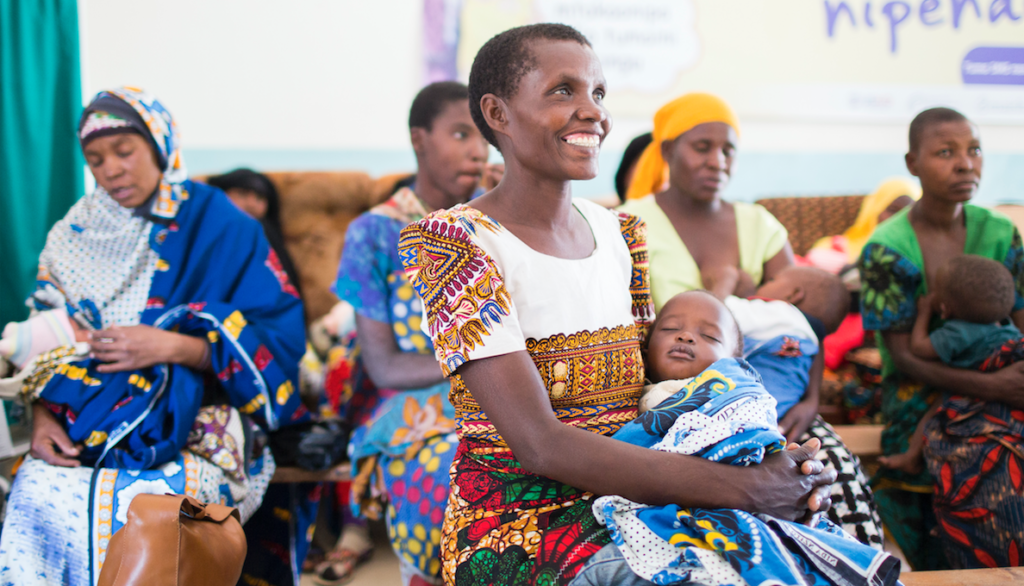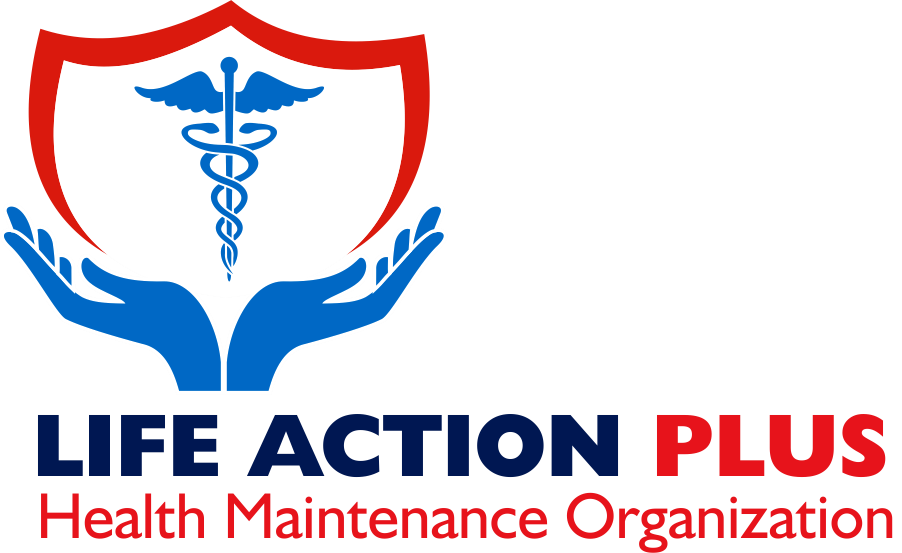Did you know?
That a woman getting pregnant again earlier than one year after her last child has adverse pregnancy outcomes? Obstetricians advise that the interval between one delivery and another pregnancy should be at least 18 months. Anything short of this is termed as Short interpregnancy interval which is associated with several problems such as increasing the risk of giving birth to an underweight, small-for-age baby or a baby born prematurely which hereby increases the likelihood of infection for the infant, increases the chances of deliveries by caesarean section and postpartum hemorrhage.
Depending on how early it is, and what kind of delivery the woman had previously, having another pregnancy right after could be very risky and can seriously put the woman’s life in danger. This also leads to stillbirth (a baby born dead on arrival) experienced by some women.Inter Pregnancy Interval (also called Pregnancy Spacing) is quite an important thing for couples to know if they already have a child or plan to have children someday.

Why is this important? In developing countries like Nigeria, children born two years or earlier, after an older sibling are at a 60% increased risk of death before they reach their 1styear birthday. This is one of the reasons why there are quite high rates of infant deaths in the country. Ideally if the last birth was a normal uncomplicated vagina delivery, it is ideal to wait at least 18 months before deciding to get pregnant again.In fact the World Health Organization advises 2 years.
This period is seen as a good time for the woman’s body to have fully recovered. There seems to be a consensus that as long as the last baby was a full 9-month baby delivered by normal vagina delivery, then it’s not recommended that the woman get pregnant again within one year after. Mainly because of the medical risks that are already stated above. There are different recommendations if the scenarios were different. For instance, if the woman’s last baby was through CS, it’s advised to wait 1-3 years after. That’s to avoid a sudden tear or rupture of that (already weak) womb if it goes through another labor too soon. And let’s assume a woman had a miscarriage or an abortion, it’s advised that she can wait at least 6 months before trying for pregnancy again. So the rules are tweaked a little bit for different women based on the specific circumstances of the last pregnancy and the outcome.
How can a new mother prevent getting pregnant for another year? There is a natural method and an artificial method. The natural method is that as long as a woman is breastfeeding fulltime after giving birth, there is a chance that she won’t get pregnant in the first 6 months; although we have seen women who got pregnant during breastfeeding suggesting that this is not absolute.
Now for women who don’t want to breastfeed fulltime or women who want to know what to use after the first six months of full-time breastfeeding or women who just want a more effective method- There are pills (mini-pills) and coils that are quite effective for such situations. It is important for couples to have these discussions with their doctor or the midwife after delivery for proper clarity. After giving birth, women only need contraception after 21 days anyway. So there’s enough time to have this conversation about the options and what the couple decides on or prefers. The short interpregnancy interval is a modifiable feature of pregnancy, its risk outweighs its benefit both health and economic wise hence should not be encouraged.


